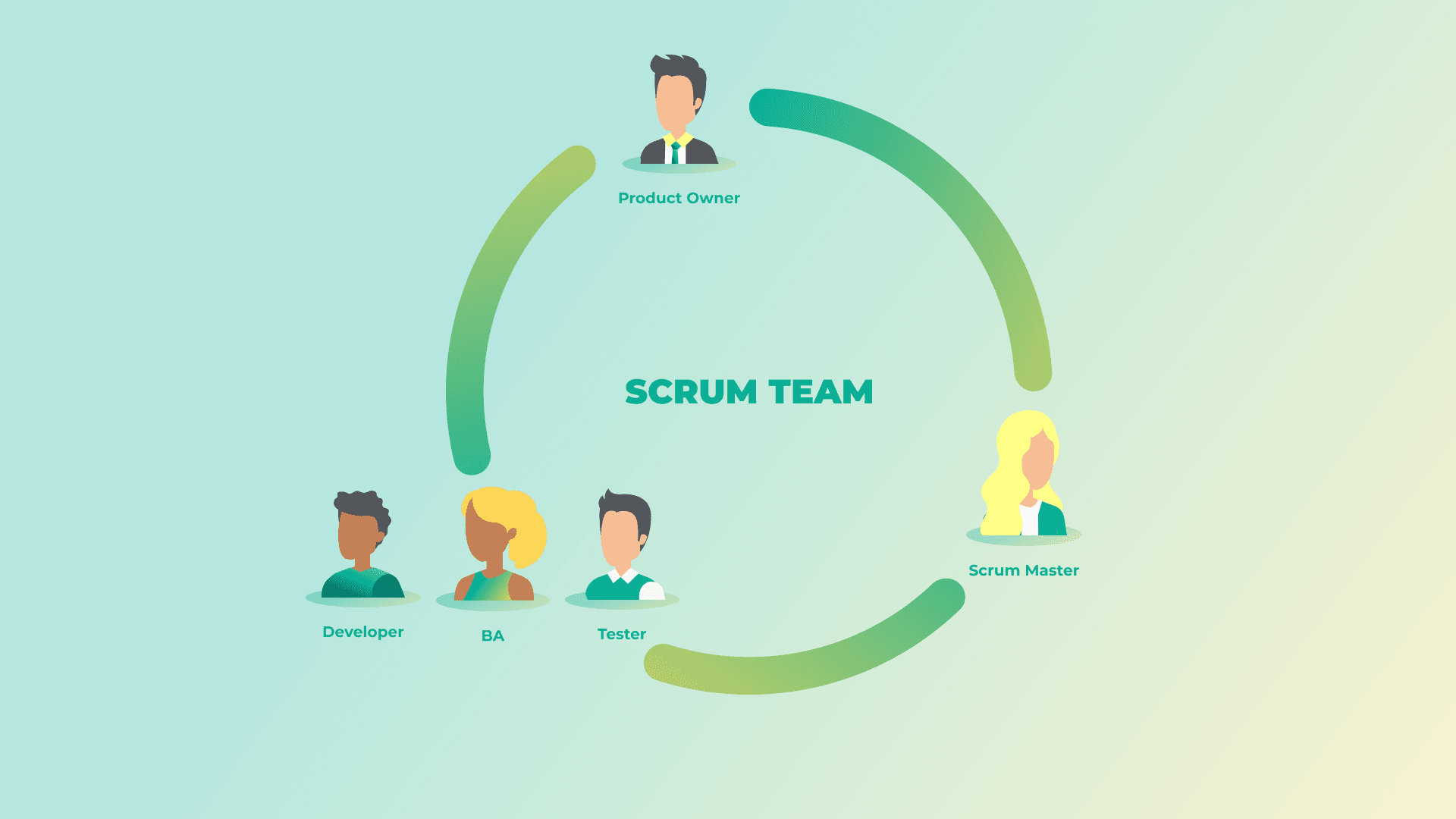How to Write User Stories: Step-by-Step Guide with Examples
Need help writing user stories? Our guide provides examples, a template, and clear steps to create effective user stories for agile projects.
January 18, 2024
In the world of Agile software development, Scrum teams rely on sprints. Sptint is a collaborative effort where every team member plays a vital role. From the Product Owner to the Development Team, each role carries distinct responsibilities that collectively drive the sprint towards its goal. This blog delves into the key roles within sprint, exploring their unique contributions and how they work together to ensure the success of each sprint. Understanding these roles and their interplay is crucial for effective project management and achieving high-quality outcomes in Agile environments.

The Product Owner is a pivotal role within the Scrum framework. They are primarily responsible for defining the product goal and providing a clear vision of the project to the team. The Product Owner manages and prioritises the product backlog, which contains a list of features, enhancements, and fixes for the product. They decide the order of backlog items to be addressed in each sprint based on business value and stakeholder feedback. The Product Owner must be fully committed to the project and ensure that the Scrum team is focused on the tasks that deliver the maximum value. They are the link between the team and stakeholders, and also lead the sprint review meeting to showcase the outcome of each sprint to stakeholders.
The Scrum Master is the facilitator and guardian of the Agile Scrum process. They ensure that the team adheres to the principles and practices of Scrum. They remove any obstacles or impediments that the development team might face, enabling them to focus on their work during the sprint. Scrum Masters organise and facilitate daily scrum meetings, sprint planning meetings, sprint reviews, and sprint retrospectives. Their role involves fostering a collaborative environment, helping the team to continuously improve their processes and work, thereby ensuring the successful implementation of Agile practices.
The Development Team is responsible for delivering potentially shippable product increments at the end of each sprint. They are self-organising, cross-functional teams comprising professionals who do the work of delivering the software product. Tasks for all stories or backlog items are determined at the beginning of the sprint in the sprint planning meeting, where the team also decides how much work they can complete during the sprint. Their tasks must be completed within the sprint cycle, ensuring the completion of chosen product backlog items.
Stakeholders are individuals or groups who have an interest in the project's outcome. They may include clients, users, managers, or anyone who can influence the project or will be affected by its outcome. Stakeholders do not directly participate in the sprint but provide feedback during the sprint review. They ensure that the product being developed meets their expectations and needs. Their feedback can influence the prioritisation of the product backlog items for future sprints.
Understanding these roles and their responsibilities is key to executing a successful sprint. Remember that in Scrum, these roles are defined to bring the team together, promoting collaboration and shared ownership of the project's success. This collaborative approach is the cornerstone of Agile software development, leading to better project management and higher-quality product delivery.
Contact us at inPositiv for expertise support on your project. Check out our premium services how we can support you.
Bleiben Sie auf dem Laufenden mit allem, was Sie wissen müssen.
Need help writing user stories? Our guide provides examples, a template, and clear steps to create effective user stories for agile projects.
Learn how to calculate and interpret sprint velocity in Scrum. Find out common challenges and best practices to enhance your team's performance.
Understand the essential goals of sprint planning: objectives, team collaboration, backlog prioritization, and more. A guide for executives.